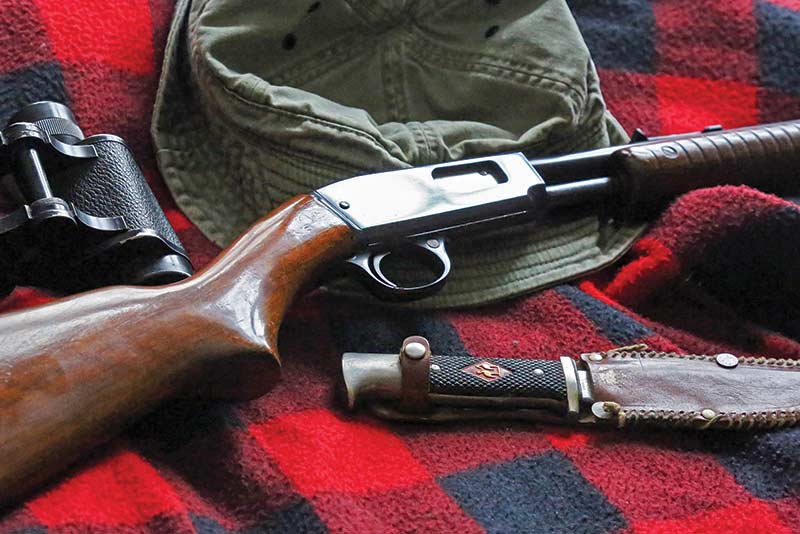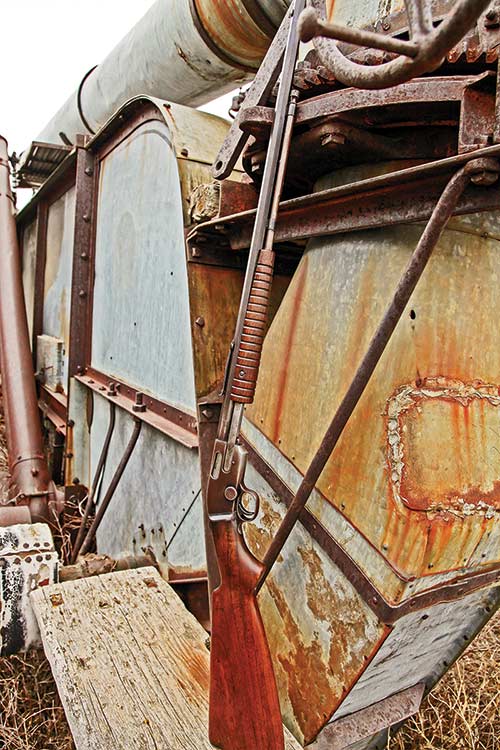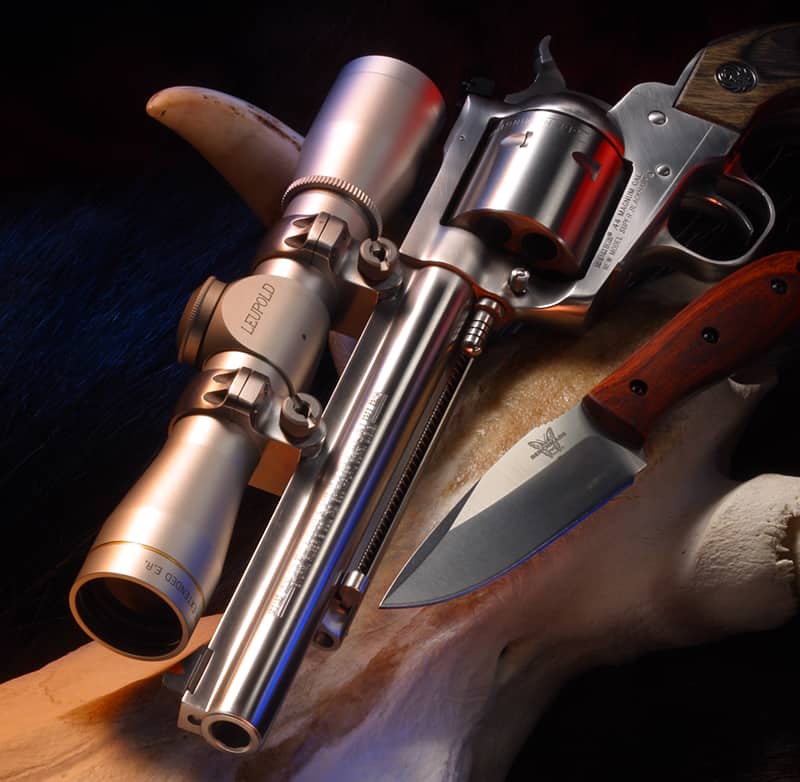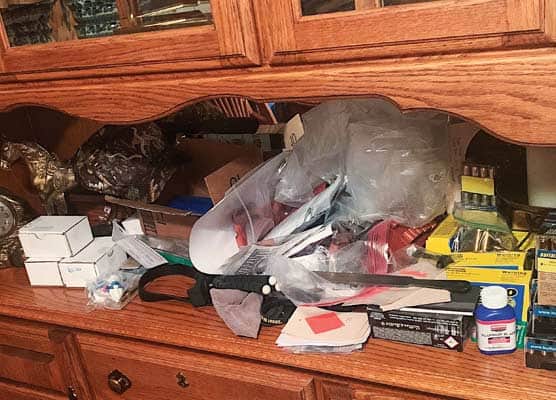The Four 22s
Rifles — And Friendship — Stand The Test Of Time
The Four Musketeers, they called themselves. Actually, only one of them used the term. His name was Artie and he read books, among them The Three Musketeers. He believed, or pretended to believe, his parents had named him Arthur because he was a descendant of d’Artagnan. The others thought he was crazier than an outhouse rat but they put up with it because they liked Artie.
Buddies
The four had been pals since childhood. They started Grade One together in 1929. They enlisted in the military on the same day, December 8, 1941. They had survived the war, stood up at each other’s weddings, been godfather to each other’s kids, helped each other to pour driveways, build fences, fix cars. And, as they had since grade school, hunted and fished and shot tin cans with .22s. Some said the only reason Lucky had bought a sporting goods store after the war was so they could get fishing lures and ammo at wholesale.
Now it was 1957. The Musketeers were in their mid-30s. The hard days of the Depression and the war seemed long ago. It was a good time to be an American, in the strongest nation and the strongest economy the world had ever seen. On a crisp fall day it was good to gather at Mike’s farm, even though an unseasonable snow storm kept them indoors, listening to Pat and Mike argue.
Pat and Mike were twins. Like many twins they were both the closest of friends and bitterest of rivals. Pat liked Fords, Mike liked Chevys. Pat liked the Yankees, Mike liked whichever team seemed likely to beat the Yankees. It was inevitable when Pat traded in his old single-shot .22 for a used Winchester 74 semiautomatic, Mike would buy a Remington 550 semiauto. Now Mike was holding forth. “What makes the Remington 550 superior is its ability to shoot short, long and long rifle cartridges interchangeably. The secret is the floating chamber designed by Carbine Williams, the same man who designed the M1 carbine.”
“Never much cared for the carbine,” Artie commented. “You know who else didn’t like the carbine? General Patton. Every time we met he never carried a carbine, just a revolver.” Artie wasn’t normally a braggart but he did boast of how he and Patton had discussed equipment choice and usage. Time had altered his memory somewhat. The actual conversation had been as follows — Patton: “Get that helmet on, soldier!” Artie: “Sir, yes sir!”
“Didn’t they make a movie about Carbine Williams? Can’t remember what it was called.”
“It was called Carbine Williams. It starred Jimmy Stewart.”
“Jimmy Stewart, there’s an honest to God man. I heard he was a fine officer. He wouldn’t have gotten upset just because a soldier took his helmet off for a minute to scratch an itchy spot.”
“Only an idiot would want to mix up .22 ammo anyway,” Pat said, refusing to be distracted. “With my Winchester I can use standard velocity or high velocity long rifles, which is enough choice for anybody. My 74 is inherently safer too. The muzzle is pointing down while I drop ammo into the port in the stock to load. With your rifle the muzzle is pointing up while you’re loading the tube under the barrel, no doubt covering everyone in sight.”
Artie and Lucky chimed in sputtering with indignation. Their pump .22s — an old Savage 1914 and a Winchester 61 — had magazine tubes under the barrel and handled S, L and LR ammo. “Only an idiot would be baffled by the logistics of loading a magazine. Keep the muzzle up and pointed in a safe direction. Hardly a big deal.” Artie sounded a bit miffed. Lucky added, “No one says you should mix up cartridge types. Shoot shorts for plinking and save money. Keep the high speed long rifles for hunting.”
Lasting Debate
“Pump actions are the ideal .22 rifle!” Artie was getting a bit wound up. “They’re as fast as a semiauto if you need a followup shot. If you don’t need to shoot again, just leave the rifle uncocked with the empty case in the chamber and slip it safely in the scabbard. Your semiauto is always loaded and cocked. Even with the safety on, do you want it bouncing around on a horse or tractor? Didn’t think so. Not to mention the pumps have a decent trigger pull.”
“Dream on, boys,” Pat said. “Say what you want, manually operated .22s are as obsolete as black powder and flintlock ignition. The rifle of the future is a semiauto. Say Lucky, my oldest boy, is eight and will be ready to buy his own .22 in five years. I bet when he comes to your store he’ll select a semiauto, Winchester of course. If it’s not a Winchester, he can pay for it himself!”
“Might not be a bad idea,” Mike commented, “He could probably earn the money helping me with spring work. He’s a smart kid, I bet he gets a Remington. What do you say, Artie?”
“All for one and one for all!”
“Give it up, Artie.”








